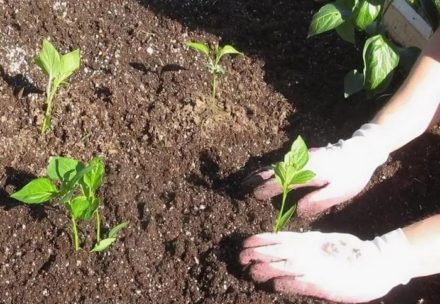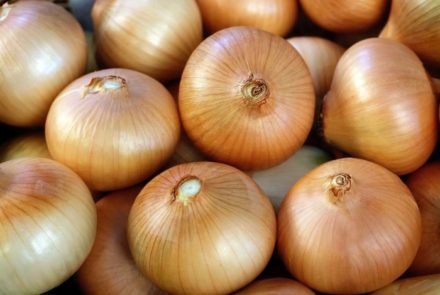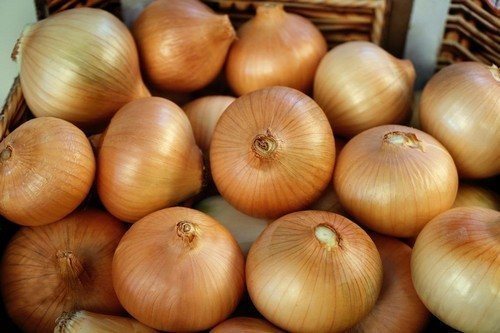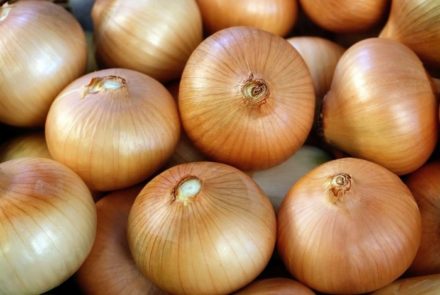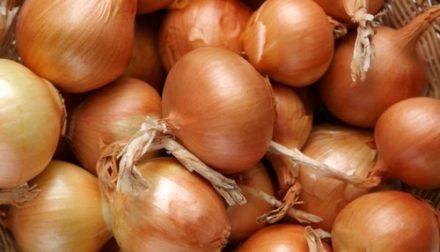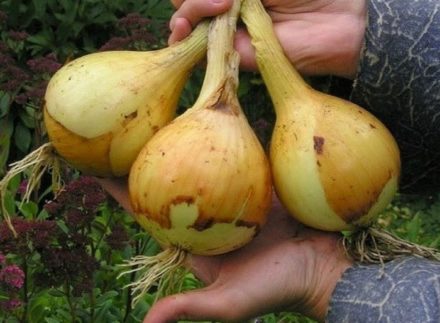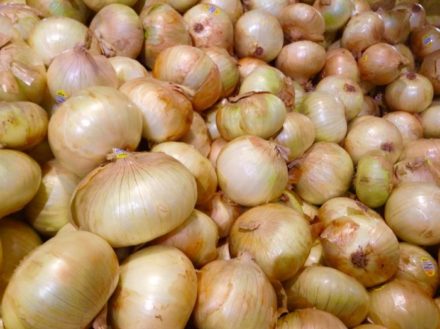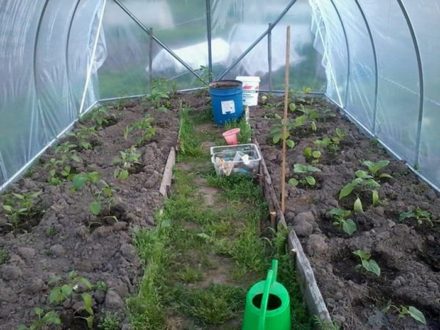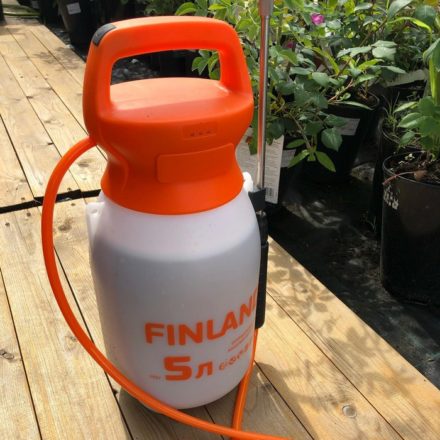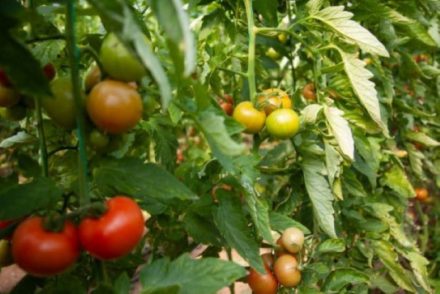Summer residents grow onions for themselves and for sale. The larger the harvest volume, the better. However, this will require a lot of effort. Cultivated plants, unlike weeds, require care and proper feeding. Even if the soil has been prepared in advance, a mixture of fertilizers is placed in the hole before planting the onions. In poor soil, such technology is completely necessary.

Fertilizers that promote good bulb growth
They begin to prepare the onion bed in advance - at least 2 weeks before the planned planting date. It’s even better if the soil has been fertilized in the fall. But even in this case, filling the holes with fertilizers will not hurt. Onions do not like acidic soils, so if necessary, the soil must be limed in advance by adding dolomite flour or fluff lime (25 g/sq. m).
Other additives are added to the garden bed depending on the composition of the soil. Sand, humus and peat must be added to clay soils to make the soil lighter. Sandy soil is improved by adding loam, lowland peat and humus. You can plant green manure in the garden bed in advance and then embed it in the ground.
In addition, during digging, urea (10 g/sq. m) and superphosphate (40-50 g/sq. m) are added to the soil. Onions should grow in a dry, elevated place. Before planting the sets, even grooves are cut into which the bulbs are planted. The correct distance between the heads is 7-8 cm.

Powdered chalk
Crushed chalk is placed in the furrows if the soil is acidic and the necessary additives have not been added in advance to normalize the pH. With a high acidity level, plants will develop poorly and in this case you can’t hope for a good harvest. The advantages of chalk are its soft action. At the same time, the substance will serve as a supplement containing calcium.
Mature compost
One type of organic fertilizer is mature compost. Top dressing enriches the soil with nitrogen, phosphorus, potassium and microelements in an easily accessible form. Organic matter must be rotted; in this case, it does not contain weed seeds, fungal spores, or pests. One handful of compost is enough for each bulb. It’s better not to get carried away with adding organic matter, otherwise there will be a lot of greenery, but you won’t get large bulbs.
Rotted manure
During long-term storage of manure, it overheats, forming humus. This type of fertilizer is placed in the hole if there is no compost at hand. Both substances are comparable in value. It is worth choosing, rather, focusing on quality. If the compost is not ripe, it is better to use humus. On the contrary, in the case when the humus is low-grade, preference should be given to compost. High-quality humus resembles moist, crumbly soil and has an earthy odor.
Vermicompost in granules
A good fertilizer for onions would be vermicompost in granules. The fertilizer is a product of processing Californian worms. The addition of vermicompost promotes the rapid rooting of seedlings and the development of its root system. Fertilizer increases the immunity of onions and its adaptation to weather changes.It is impossible to oversaturate the soil with vermicompost, so there are no strict application rates.
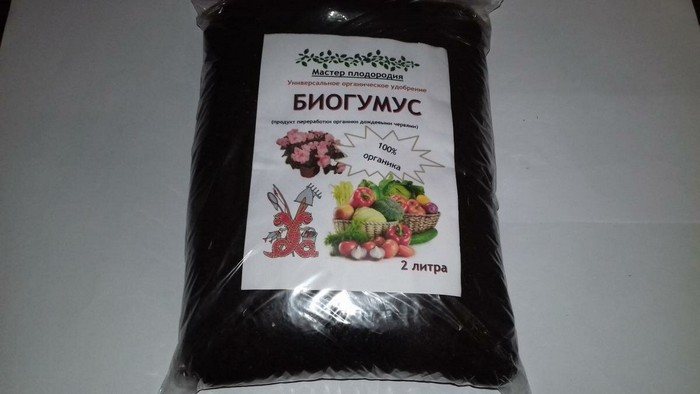
Industrial nitrogen fertilizers
If nitrogen fertilizers have not been applied to the ground since autumn, you can put them directly into the hole. Most often, ammonium nitrate or urea is used before planting. The consumption of both fertilizers is 0.5 tsp. for one onion. When choosing fertilizer, you should pay attention to the weather. Ammonium nitrate works well even at low temperatures. Urea is absorbed by plants only in heated soil.
Salt and red pepper mixture
Salt and hot red pepper, in fact, are not food for onions. However, experienced gardeners use this mixture when planting sets. The bulbs are first soaked in ammonia (1 tbsp per 5 liters of water). Soaking time – 1 hour. After this, the bottom of the set is dipped in salt mixed with red hot pepper. This treatment will protect the bulbs from pests and diseases, which is important for the future harvest.
Onions are fed later throughout the growing season. A total of 3 feedings will be required. As soon as greenery appears, nitrogen-containing fertilizers are applied to the plants. After 2 weeks, superphosphate should be added. After another same period of time, carry out the 3rd feeding. This time potassium should predominate.


